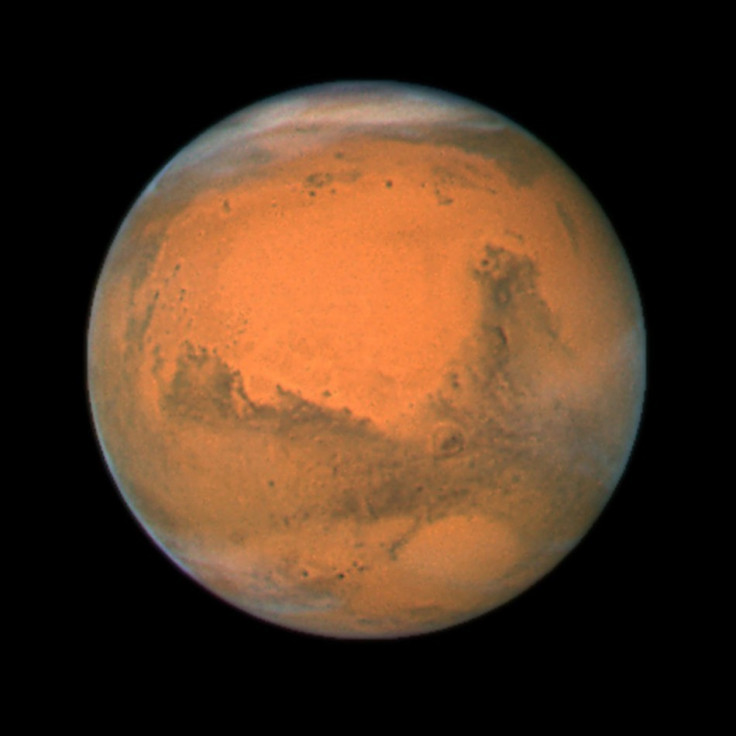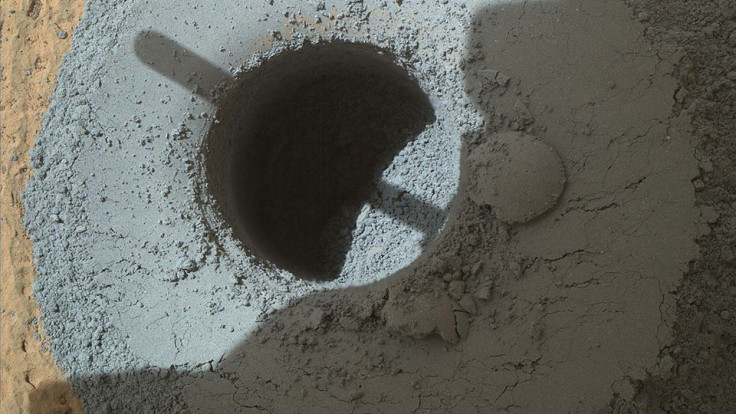Mars: Curiosity Rover determines Red Planet is actually greyish-blue

Mars – nicknamed the Red Planet for its apparent colouring – is not actually red but instead a sort of greyish-blue, new images from the Curiosity rover have determined.
Mars has been thought of as red for a very long time due to the sprinkling of iron oxide over the land but Nasa's Curiosity rover has scratched beneath the surface to discover it is actually more of a combination of blue and grey.
The machine has begun digging at the third drilling site at Telegraph Peak, a location near the base of the planet's Mount Sharp, where it has been situated for almost half a year, and the latest samples show the true colours.

Much like Earth, the planet is mostly made up of silicon and oxygen and also contains large amounts of iron, magnesium, aluminium, calcium and potassium but scientists at Nasa were surprised to see just how much silicon was in the sample as Telegraph Peak.
Joel Hurowitz, a sampling system scientist for the Curiosity rover, said: "We're sort of seeing a new colouration for Mars here and it's an exciting one to us."
"When you graph the ratios of silica to magnesium and silica to aluminium, Telegraph Peak is toward the end of the range we've seen," added Doug Ming, Curiosity's co-investigator.
"It's what you would expect if there has been some acidic leaching. We want to see what minerals are present where we found this chemistry."
The reason why the surface has turned red is because it has been exposed to oxygen, which has caused it to rust.
© Copyright IBTimes 2025. All rights reserved.






















